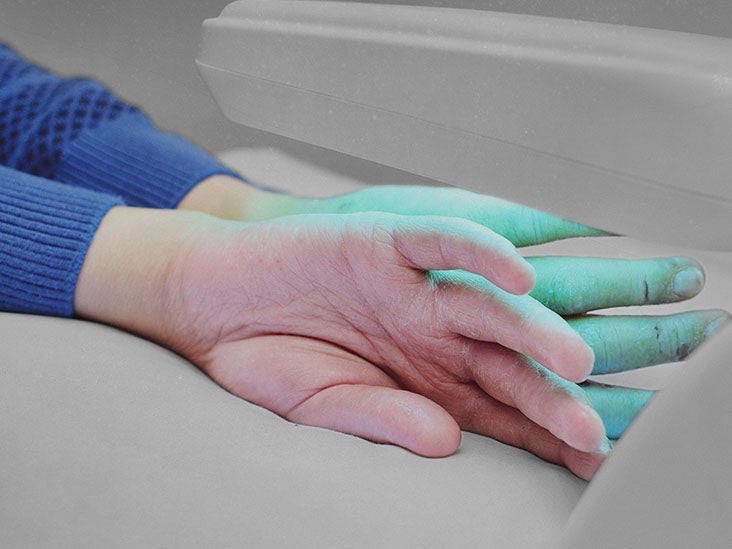Recognition of psoriasis at an early stage is important for timely diagnosis and effective treatment of this disease. Psoriasis is a chronic autoimmune disease that primarily affects the skin, causing red, scaly patches. However, identifying psoriasis in its early stages can sometimes be difficult, as its symptoms can be similar to other skin conditions. There are some key factors to consider when trying to recognize psoriasis early on and potential conditions it may be confused with.
First of all, it should be noted that there are many options for treating the disease, one of which is uvb lamp psoriasis. Now let’s take a closer look at its features. The main symptom of psoriasis is the presence of raised, red patches on the skin covered with silvery white scales. These patches may be itchy, painful, or sensitive to touch. Pay attention to the appearance of new or persistent spots on the skin that have these characteristics. They usually appear on the elbows, knees, scalp, and lower back, but can affect other areas of the body.
Signs of psoriasis
Psoriasis often appears as symmetrical patches, meaning the affected areas show up on both sides of the body. This can help distinguish disease from other conditions, which may have more asymmetric or random lesions.

Disease can affect the scalp, causing redness, flaking, and dandruff. Look out for signs of psoriasis on the scalp, such as excessive dandruff, red patches on the scalp, or itching. These symptoms can easily be confused with common scalp conditions such as seborrhea dermatitis or dandruff.
Psoriasis can also affect the nails, causing changes such as dimples (small depressions or pits), yellowing, thickening, or peeling of the nail from the nail bed. These nail changes are not specific to disease and can be seen in other conditions such as fungal infections or eczema.
Differential diagnosis
Psoriasis can be confused with several other skin conditions due to similar symptoms. Some of these conditions that may resemble psoriasis include:
- Eczema (atopic dermatitis). Eczema usually presents with dry, itchy, inflamed patches of skin. However, unlike psoriasis, eczema patches are usually not well defined, and the scales are thinner and less silvery compared to psoriasis.
- Seborrheic dermatitis. This condition often affects the scalp, face (especially the eyebrows and beard area) and other areas with a high concentration of sebaceous glands. It can cause red, greasy patches covered with yellowish scales. Although seborrheic dermatitis is similar to psoriasis, it usually does not have the hard, well-defined plates that psoriasis has.
- Pityriasis rosea. Pityriasis rosea is a common, self-limiting skin rash that often begins with a larger “master” patch followed by smaller, scaly patches that resemble psoriasis. However, the distribution and appearance of the patches in pityriasis rosea usually differ from those of disease.
- Fungal infections. Some fungal infections, such as tinea (trichophytosis) can cause round or ring-shaped patches with redness and scaling. These patches may resemble disease, but they are usually itchy and have a well-defined, raised edge.
If you suspect psoriasis or any other skin condition, it’s important to consult a dermatologist or qualified healthcare professional for an accurate diagnosis. They will evaluate your symptoms, perform a physical examination, and perform additional tests if necessary to distinguish psoriasis from other similar conditions. Early diagnosis will help start appropriate treatment and management strategies to relieve symptoms and improve your quality of life.

